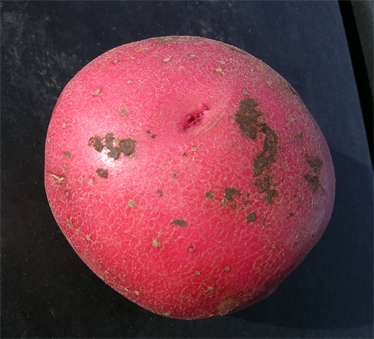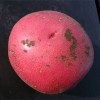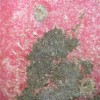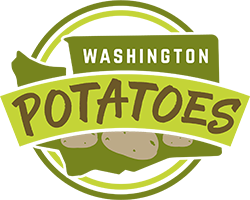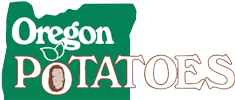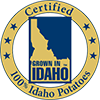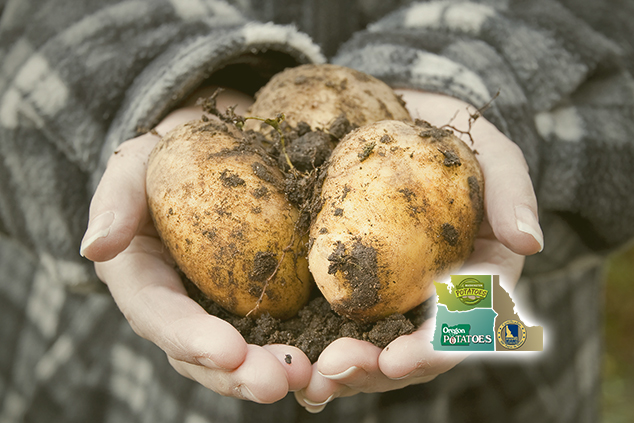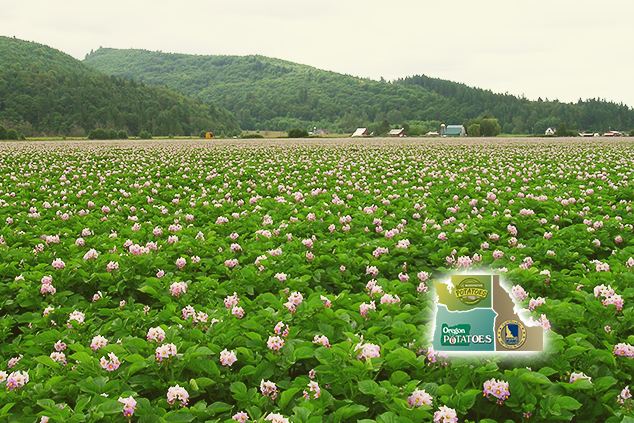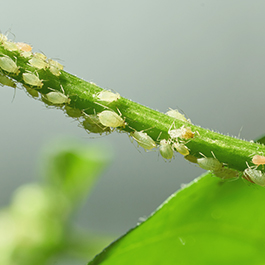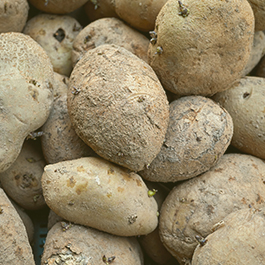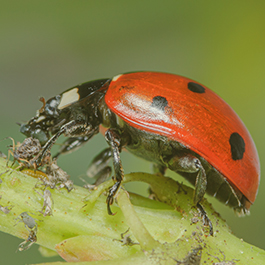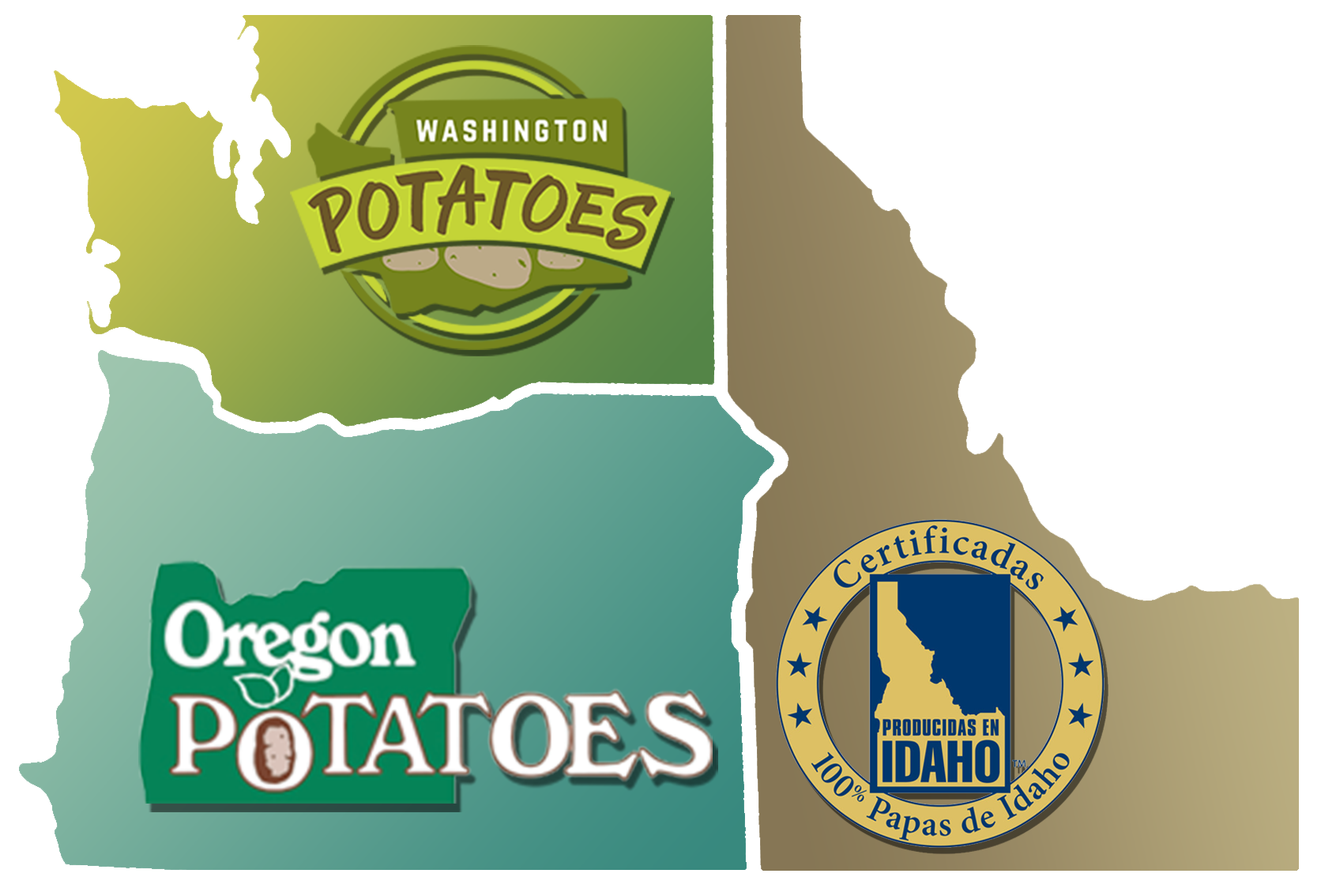Black Scurf
Biology:
Pathogen of potatoes everywhere. Infection of young plants is encouraged by cool soil. Rhizoctonia is easily and commonly moved on seed tubers. Disease in the field is initiated by both soil-borne and seed-borne inoculum. Infected sprouts can be killed, leading to delayed emergence and weak plants. Triggers for formation of sclerotia, called black scurf, on daughter tubers are not well-understood.
Management:
- Minimize seed-borne inoculum by purchasing seed with minimal black scurf.
- Reduce sprout infection by minimizing the time from planting to emergence.
- Crop rotation will help reduce the populations of Rhizoctonia solani that are specific to potato.
- Certain fungicides applied to seed pieces or in furrow at planting can reduce stem canker and black scurf caused by Rhizoctonia.

